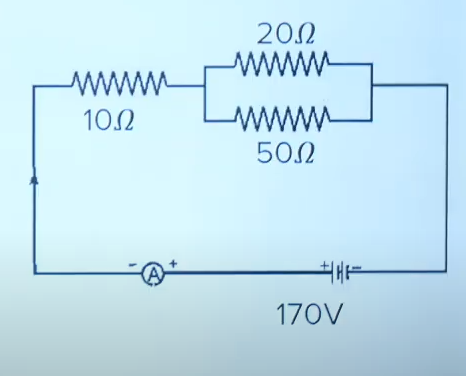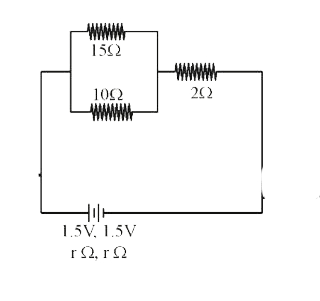In the given circuit, if the potential difference across the internal resistance r1 is equal to E, then the resistance R is equal to:

r1+r2
r1r2
r1−r2
r2r1
2Er1r1+r2+R=E⇒R=r1−r2
Similar Questions
Knowledge Check
- Question 1 - Select One
In the given circuit diagram, potential difference across 2Ω resistance is
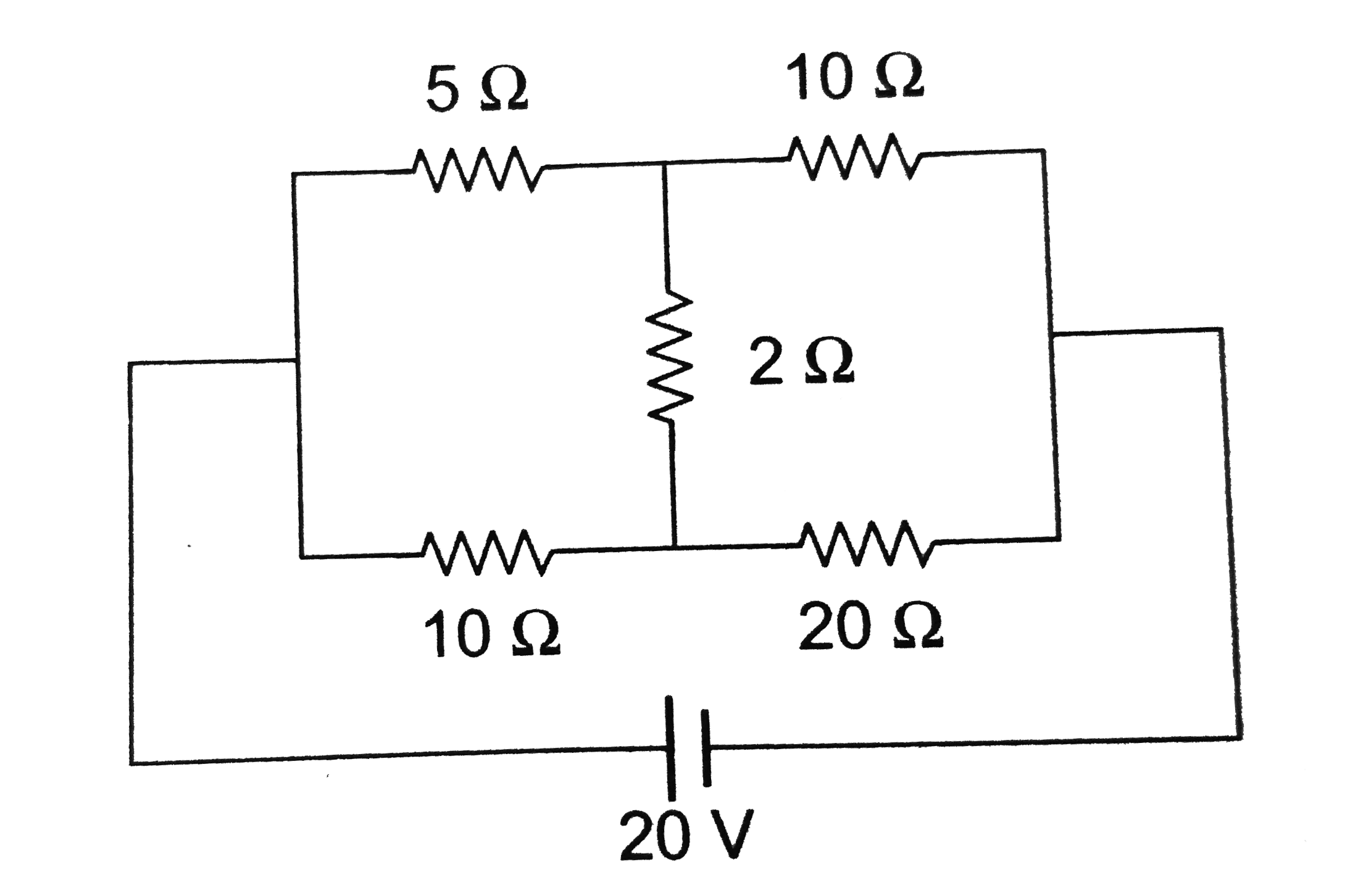 A4VB6VC20VDzero
A4VB6VC20VDzero - Question 2 - Select One or More
In the L-R circuit as shown in figure, potential difference across the resistance at some instant is 4 V. Then
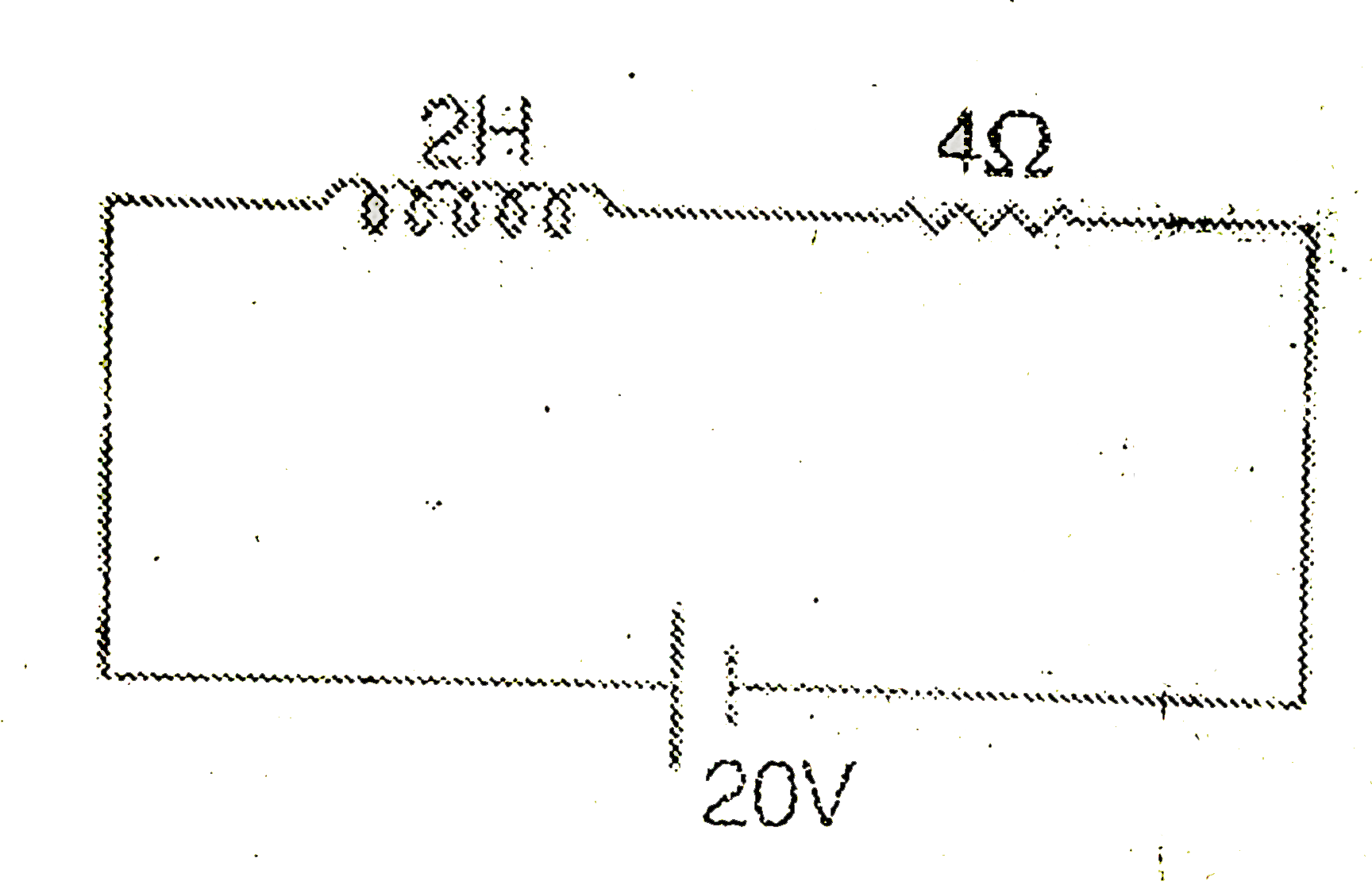 Acurrent is increasing at a rate of 8A/s at this instantBpower supplied by the battery at this instant is 20WCpower stored in the magnetic field at this instant is 16WDcurrent in the circuit at this instant is 1A
Acurrent is increasing at a rate of 8A/s at this instantBpower supplied by the battery at this instant is 20WCpower stored in the magnetic field at this instant is 16WDcurrent in the circuit at this instant is 1A - Question 3 - Select One
In a network as shown in the figure the potential difference across the resistance 2R is (the cell has an emf of E and has no internal resistance):
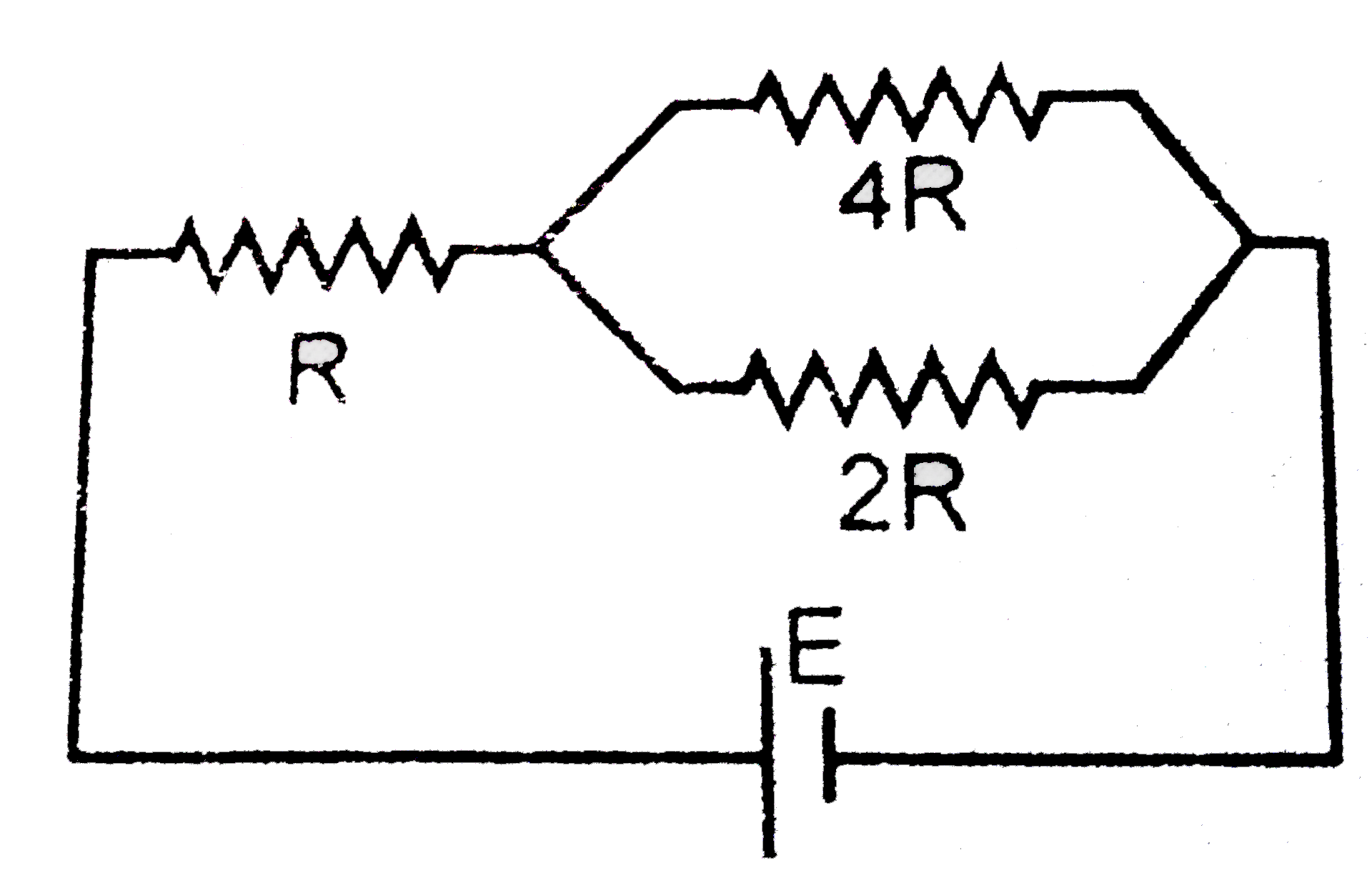 A2EB4E7CE7DE
A2EB4E7CE7DE
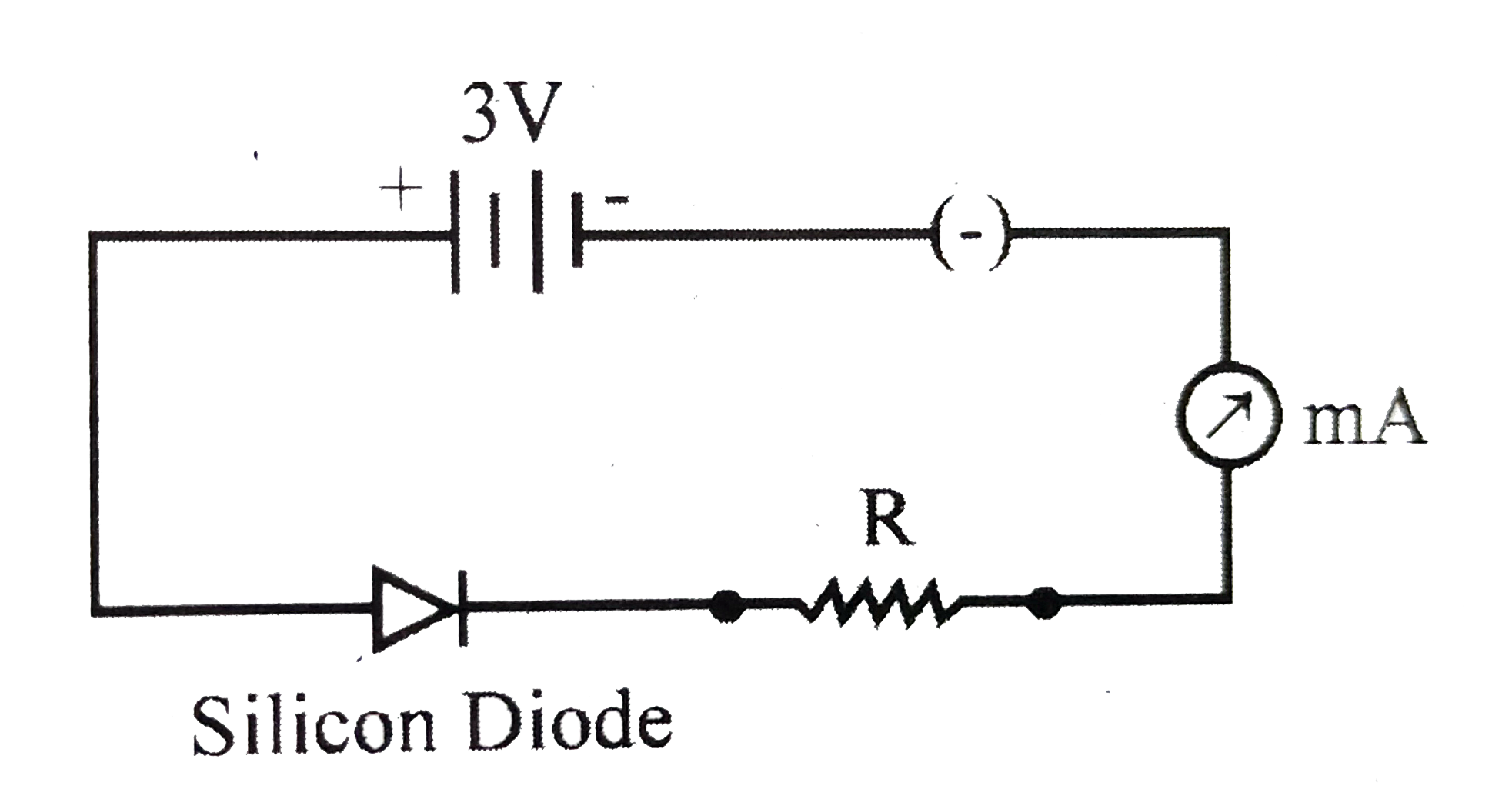
In the above circuit, the voltage drop across the resistance (R) isView SolutionAccording to this diagram , the potential difference across the terminals is ( internal resistance of cell =r)
 View Solution
View SolutionIn L-R circuit, the a.c. source has voltage 220 volt. If the potential difference across the inductance is 176 volt, the p.d. across the resistance will be
View SolutionTwo sources of current of equal emf are connected in series and having different internal resistance r1 and r2(r2>r1). Find the external resistance R at which the potential difference across the terminals of one of the sources becomes equal to zero.
View SolutionTwo sources of equal emf are connected to an external resistance R. The internal resistance of the two sources are R1andR2(R1>R1). if the potential difference across the source having internal resistance R2 is zero, then
View Solution


